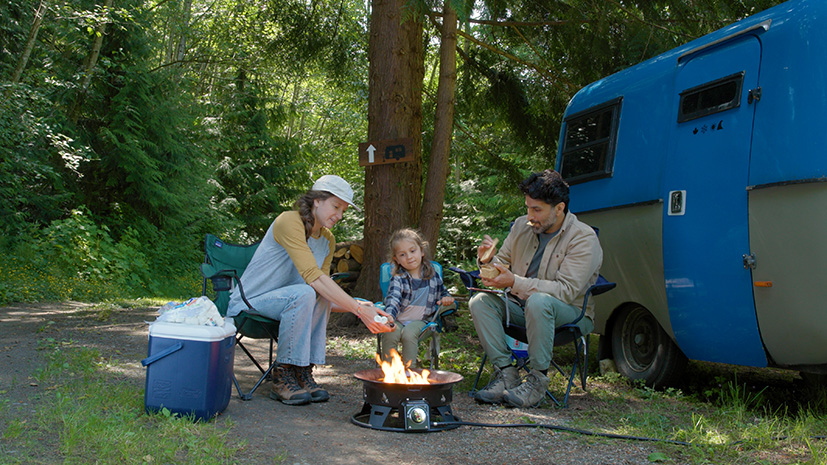Road safety
Summer driving
Whether you're taking a road trip or venturing into the wild, make sure your car is ready, your gear is packed, and you have a plan in place.

Don't leave home without a vehicle emergency kit
Long drives and off-the-grid getaways require more than just a packed bag and a planned route. Anything can go wrong on the road—from flat tires to sudden weather changes—so it's important to make sure your vehicle is in good condition, your tires are properly inflated, and you have a vehicle emergency kit on hand. A few essential items to include in your kit are:
First aid kit: Include bandages, antiseptics, medications, and other supplies to handle minor injuries.
Tools and equipment: Equip yourself with jumper cables, a multi-tool or basic tool kit, a tire gauge, and a reliable flashlight with extra batteries.
Automotive essentials: Keep a spare tire (in good condition) along with the necessary tire-changing tools (jack, lug wrench).
Emergency warning devices: Carry reflective triangles, road flares, or LED warning lights to ensure you’re visible to other drivers in case you’re stopped on the roadside.
Additional resources
DriveBC: Real-time road conditions and travel updates for B.C. highways.
AdventureSmart: Guidance on safety and outdoor travel.
HelloBC: British Columbia's official travel portal featuring attractions and accommodations to inspire and help plan your trip.
Prepared BC: B.C.’s one-stop shop for disaster readiness information.
